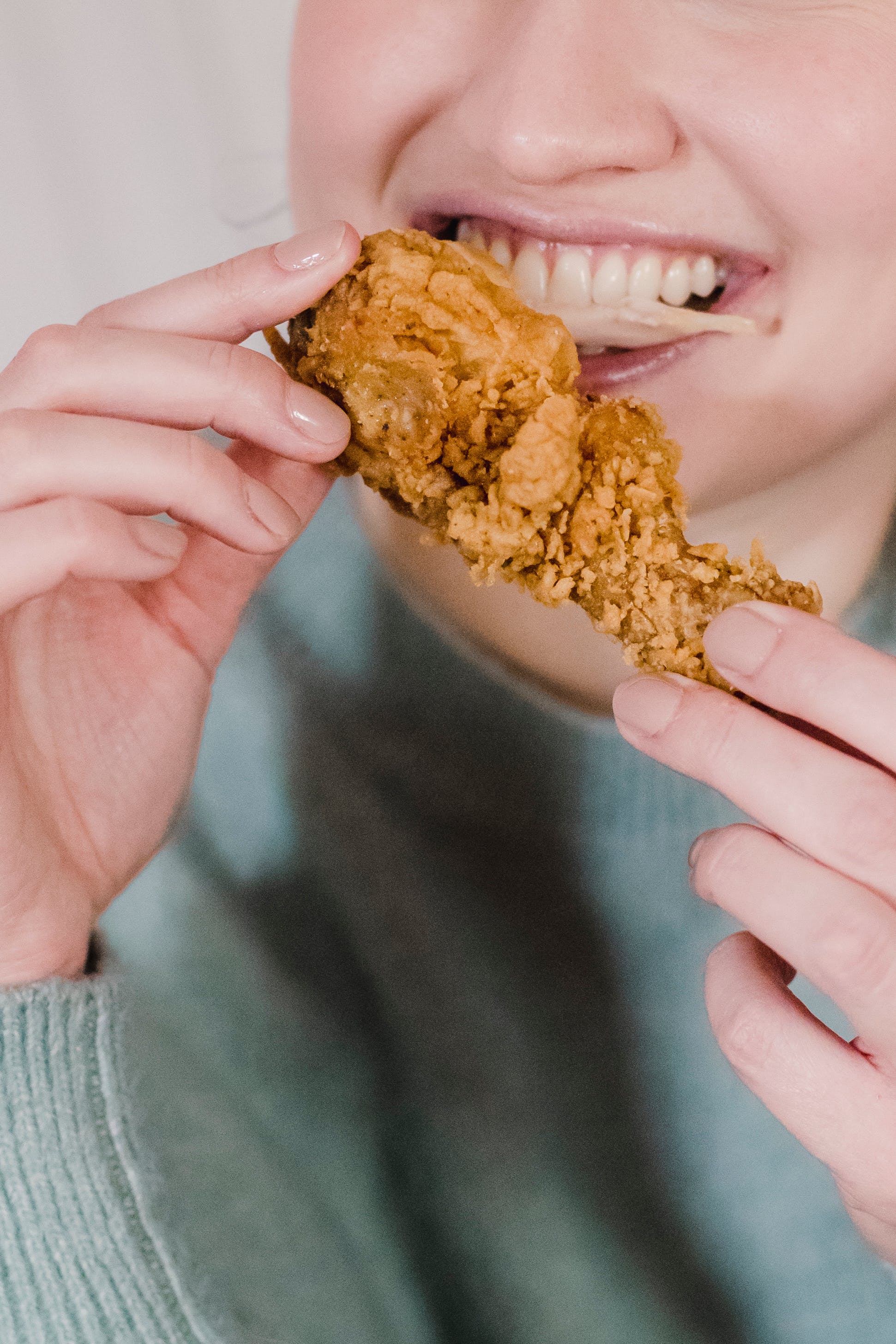What Exactly is Mouthfeel and What Happens if I Enhance It?

Ah, mouthfeel. That enigmatic word that Yelp elitists and foodies toss around so much that it has begun to lose all meaning.
What exactly is it? And why does it matter?
Mouthfeel is not just a synonym for “texture.” In fact, texture is just one component of the much larger idea of mouthfeel. Texture is the way perfectly cooked bacon crackles between your teeth as the rendered fat crunches. Mouthfeel is all that, plus the way the fat lingers in your mouth, coating it with salty, smoky deliciousness, and enhancing the very flavor of the meat. Another way of putting it is that mouthfeel isn’t just texture; it’s the contrast between textures.
Simply put, mouthfeel refers to the physical sensations and textures experienced while eating or drinking. It involves texture, temperature, and viscosity of the food. Achieving a desirable mouthfeel is crucial in creating a satisfying and enjoyable eating experience.
Let’s go through a few different foods and identify good versus bad mouthfeel:
Bad chicken noodle soup is just salty water with chicken and noodles. Even if you expertly craft good mirepoix as a base and don’t forget some good acidic qualities, it’ll still fall short without some sort of viscosity.
Good chicken noodle soup has some viscosity to it. It’s clearly more than just water. Traditionally, this was achieved by stewing chicken together with its bones for several hours, thus leaching healthy collagen into the water. This is also why chicken soup is traditionally associated with cold season and healing—that collagen is super healthy and can fight off illness! If you don’t have chicken bones handy, or if you don’t have the time to stew those bones for hours, try just mixing a packet of unflavored gelatin into the water!
Bad rice is improperly prepared—overcooked, bad rice-to-water ratio, etc. Try making rice with too much water. You’ll notice how it becomes gummy in your mouth in a way that destroys the mouthfeel.
Good rice is made with the proper ratios and comes out fluffy. Depending on the recipe, you should be able to sense each grain of rice individually.
Compare fresh, warm fries to leftover, cold fries. There’s a huge textural difference, for one thing. But there’s also something else there. The cold fries clump together and are actually kind of astringent (they dry your mouth out), whereas the warm fries had previously been crispy and mouthwatering.
Got it? Okay, here’s a list of easy suggestions for enhancing mouthfeel in your favorite recipes!
- Mix a packet of unflavored gelatin into your soup.
- Cook your pasta al dente and toss it directly in your sauce together with some starchy pasta water.
- Fluff rice with a fork after cooking to maintain a light and fluffy texture.
- Add a combination of crunchy vegetables like bell peppers, water chestnuts, or snap peas to your stir fries for contrasting textures.
- Throw toasted nuts or seeds on top of roasted meats, salads, oatmeals, and pan dinners.
- Incorporate both soft and crunchy vegetables into your salads.
- Include frozen fruits for a thicker texture in your smoothies, and add a spoonful of yogurt or nut butter for creaminess.
- Add a big spoonful of sourcream to the batter next time you make pancakes.
- Buy high-quality ice cream and chocolate.
- Reduce and simmer sauces to concentrate flavors, creating a thicker and more intense mouthfeel.
- Layer ingredients with different textures into a casserole, such as a crunchy breadcrumb topping on a creamy base.
- Experiment with a variety of pizza toppings, including both crispy, gooey, crunchy, and toothsome elements, to create a diversified mouthfeel.
 Matthew Christensen
Matthew Christensen
Weekly Newsletter Contributor since 2023
Email the author! matthew@dvo.com
Sources:
